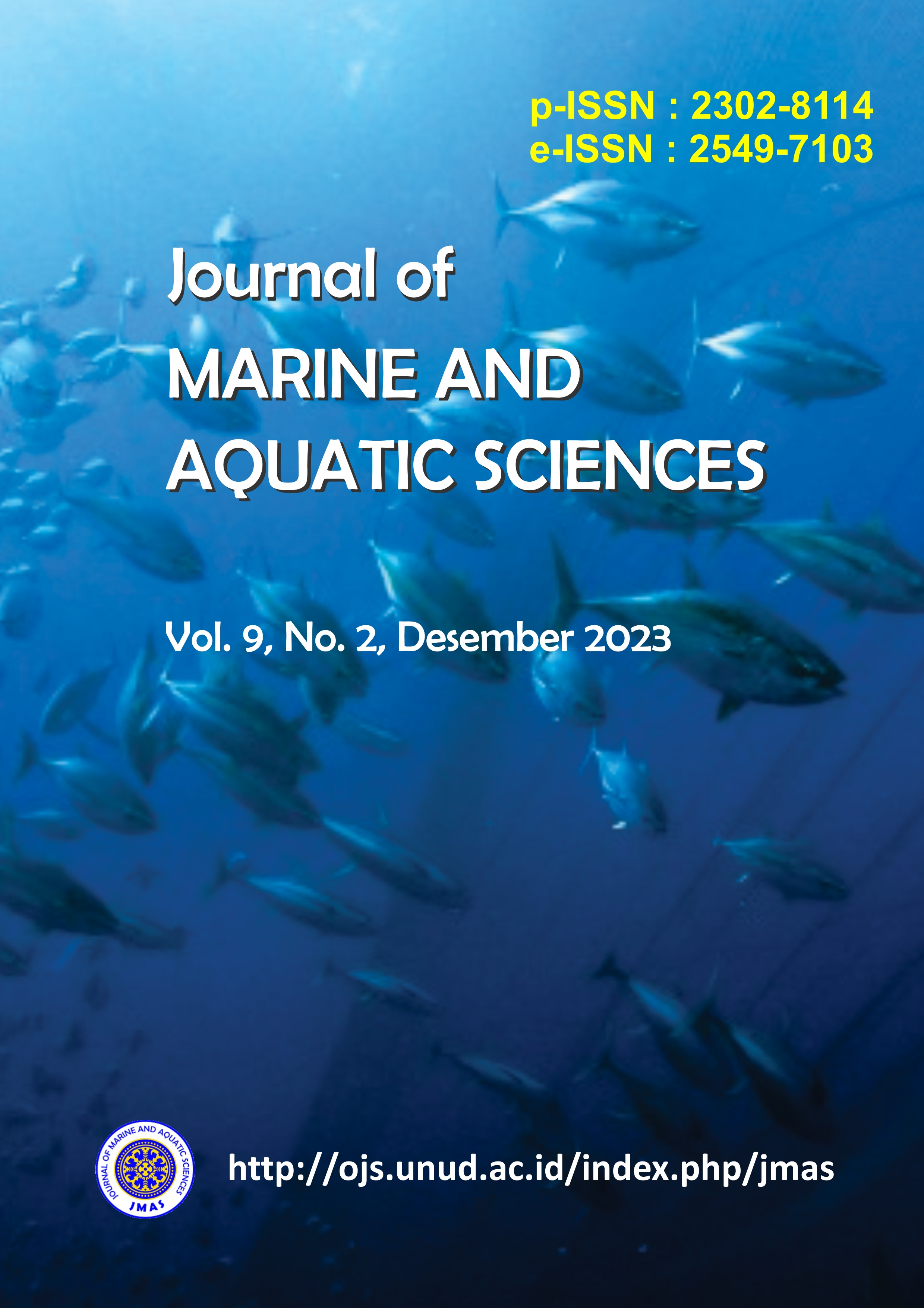Klasifikasi Spesies Mangrove Menggunakan Drone di Nusa Lembongan, Bali
Abstract
Mapping of mangroves using remote sensing technology has been widely carried out, especially in coastal areas of Indonesia. The most used remote sensing technology is satellite imagery. However, there are still some weaknesses in the use of satellite imagery for mapping mangrove, especially at the species level, including taking a long time, high costs, and low spatial resolution. One of the breakthroughs in remote sensing is drone. Drones have advantages, namely time flexibility, relatively low cost, and high spatial resolution. The purpose of this study was to determine the ability to use drones in mapping mangrove up to the species level and distribution of mangrove species in Nusa Lembongan. The method used is classification of GEOBIA (Geographic Object Based Image Analysis). Drone images were obtained with four flight missions in the northern and eastern areas of the Nusa Lembongan mangrove forest. Field data collection was carried out using a systematic random sampling method and high-resolution single band drones. The results showed that drone observations were able to identify two mangrove species in the northern research area and four mangrove species in the eastern Nusa Lembongan research area. In the northern area there are mangrove species Rhizophora apiculata and Bruguiera gymnorrhiza. In the eastern region, mangrove species Rhizophora apiculata, Avicennia alba, Sonneratia alba, and Avicennia lanata were found. The accuracy test in both research areas in the northern and eastern areas of Nusa Lembogan obtained an overall value with an average of 65% and a kappa coefficient of 0.56.
Downloads

This work is licensed under a Creative Commons Attribution 3.0 International License.
Copyright 2012 - 2023 Journal of Marine and Aquatic Sciences (JMAS)
Published by Fakultas Kelautan dan Perikanan Universitas Udayana, Denpasar, Bali, Indonesia
JMAS (p-ISSN 2302-8114; e-ISSN 2549-7103)


